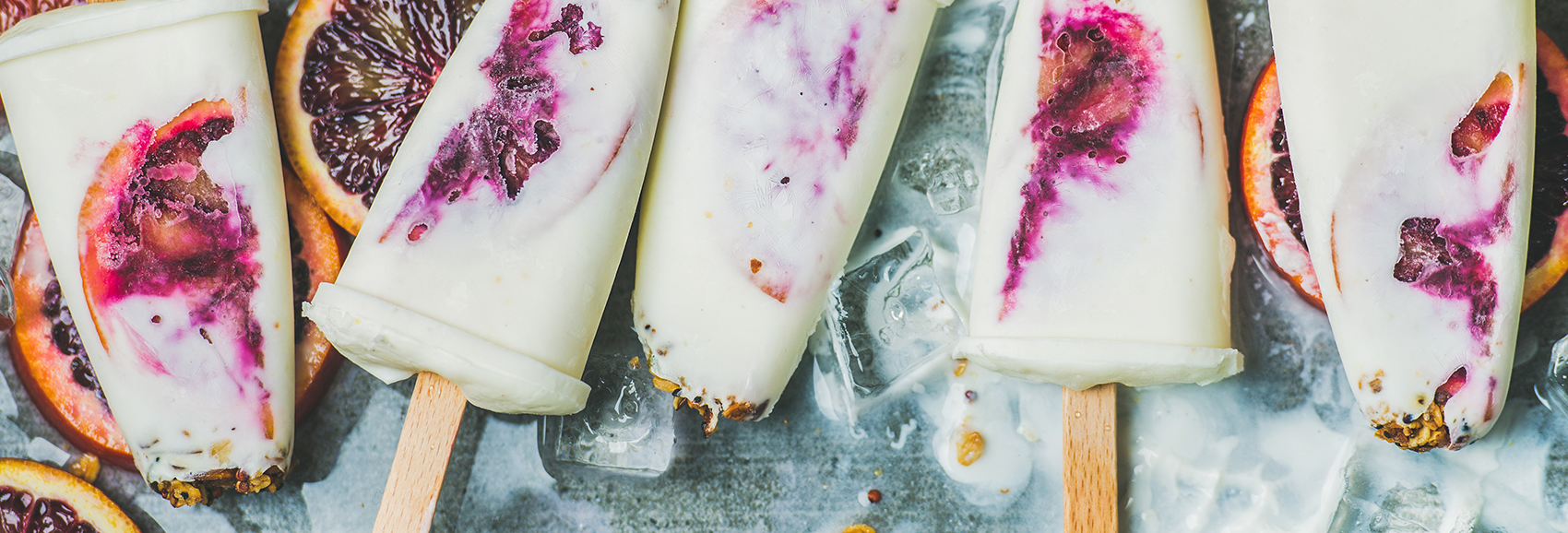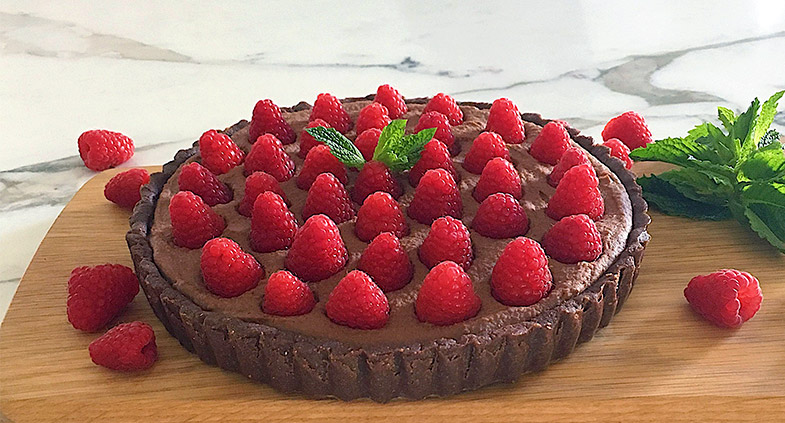If you’ve ever had a bad night’s sleep, you’ll know how much it can affect your day.
You feel grumpy, groggy, more sensitive, are unable to concentrate properly and you may even feel a whole lot hungrier — leading you to grab comfort foods like chocolate, cookies and chips.
New research has shown the amount of sleep women have is linked to obesity and mental health. While these findings only looked at women, there have been several studies which support this evidence for both males and females.
“What our studies showed was that the amount of sleep women have — and how well they sleep — is linked to the foods they eat and their risk of weight gain and poor mental health,” Michelle Blumfield, accredited practising dietitian and researcher from Monash University, told The Huffington Post Australia.
Women who don’t get enough sleep are more likely to reach for those fattier, junk foods throughout the day due to two main reasons, according to Blumfield.
“Firstly, there’s an environmental relationship here, so not getting enough sleep can mean there’s more time awake for people to eat, and that increased tiredness can make it harder for them to resist those unhealthy, higher energy, fattier foods,” she said.
“And we also know there’s a physiological reason. How our body works is also affected by our sleep, so when our sleep is disrupted or we don’t get enough sleep, it can affect the hormones that control our appetite.”
The hormones at play here are leptin (the “satiety hormone”) and ghrelin (the “hunger hormone”).
“We know insufficient or poor sleep has been linked to a decrease in leptin, a hormone that tells our brain we’re full and that we can stop eating. But we also get an increase in ghrelin, which is the hormone that stimulates hunger. So, on one hand you’re getting more hormones that stimulate hunger and, on the other hand, less of the hormones that’s telling us we’re full. You can see it’s quite a downward slope,” Blumfield said.
According to Blumfield, getting enough sleep and being a healthy weight is extremely important for women of childbearing age as obesity can affect the health of their future children.
“Almost half of Australian women will enter pregnancy either overweight or obese, so these findings are really important for not only women’s health but also the health of their future children down the track,” Blumfield said.
“If we can get women to have a good night’s sleep and try to promote a healthier weight before pregnancy, that’s going to have a long-lasting effect.”
When looking at the link between poor sleep and mental health, Blumfield said one affects the other.
“The association we found between insufficient sleep and mental health has been of great interest,” Blumfield told HuffPost Australia.
“It is widely recognised that poor sleep in adults can actually be a risk factor for mental health and this relationship has been found to be bidirectional, so either poor sleep can influence mental health, or mental health can influence poor sleep — either can be a cause or a result of each other. This is because they’re very closely linked.
“People can have certain predispositions and there’s social factors and environmental factors that can all play a role in the onset of poor sleep and mental health.”
To help reduce this risk of poorer physical and mental health, the obvious answer is to sleep more but, as often is the case, it’s easier said than done. However, there are various lifestyle and dietary choices that can help you sleep — and feel — better.
1. Sleep hygiene
“What people can do is try to have a regular bedtime and avoid napping,” Blumfield said.
“A high variability in the length of sleep each night and an increase in napping during the day is strongly associated with obesity. This relationship is independent of how long you sleep each night.
“If we can’t have around eight hours of good quality sleep, trying to go to bed at the same time and avoid napping is a good first step.”
2. Exercise
Exercise also plays an important role in good sleep and reducing the risk of obesity.
“Exercise can also promote a good night’s sleep, and we’re all well aware of how exercise can reduce the risk of obesity. While also helping to ‘burn off’ the extra food you’ve eaten, relaxing exercise like yin yoga close to bedtime can help initiate sleep, too,” Blumfield said.
3. Diet
Lastly, of course, is diet.
“Improving the quality of our diets is always going to be a good option,” Blumfield said.
“Choose a wide variety of foods — lots of fruits and vegetables, whole grain breads and cereals, lean meats, reduced-fat dairy and healthy fats from avocado, nuts and olive oil. Those traditional, healthy dietary messages are always going to go a long way in increasing a good quality diet and reducing obesity.”


